Table of Contents
● Introduction
● Market overview
● Different types and their features
● Things to consider when selecting products
● Conclusion
Introduction
Onboard chargers play a key role in electric cars by effectively converting AC to DC power to charge the battery pack. With the increasing popularity of electric vehicles, there is a growing need for dependable and high-quality onboard chargers. Technological advancements have led to better charging speeds, enhanced safety features, and improved efficiency, making electric cars more convenient for daily use. Businesses have options, such as single-phase or powerful three-phase chargers, and must pick the most suitable system based on their requirements. These new advancements not only improve how well cars work but also play a role in creating a greener tomorrow.
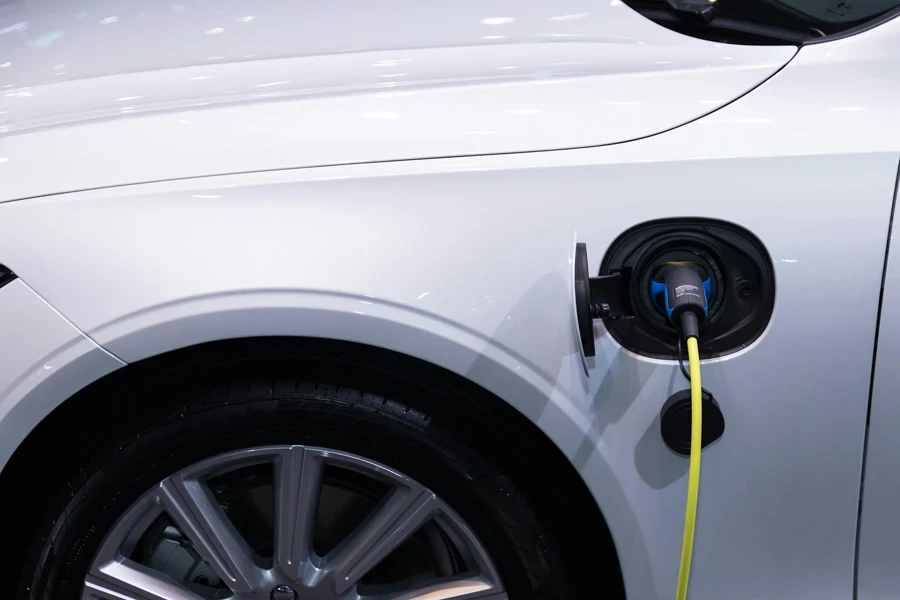
Market overview
The worldwide market for onboard chargers was worth $6.5 billion in 2023. It is forecasted to reach $27.4 billion by 2032 at a growth rate of 16.7%. The increase is fueled by the growing popularity of electric vehicles globally and the progress in charging tech, such as silicon carbide and gallium nitride, which enhances efficiency and reduces charging duration. Government initiatives such as subsidies and tax breaks drive market growth as consumers increasingly favor environmentally friendly vehicle choices.
IMARC Group reports that onboard chargers with power outputs ranging from 11 kW to 22 kW are leading the market with over 50% market share because of their balance between charging speed and compatibility with public and residential charging infrastructure systems. These chargers can reduce charging times by half compared to lower-powered models. The Asia Pacific region stands out as the key market player by contributing more than 40% of global sales figures due to the swift adoption of electric vehicles in nations like China and Japan. Government investments in electric vehicle infrastructure have also been driving demand in North America and Europe as significant contributors to the market.
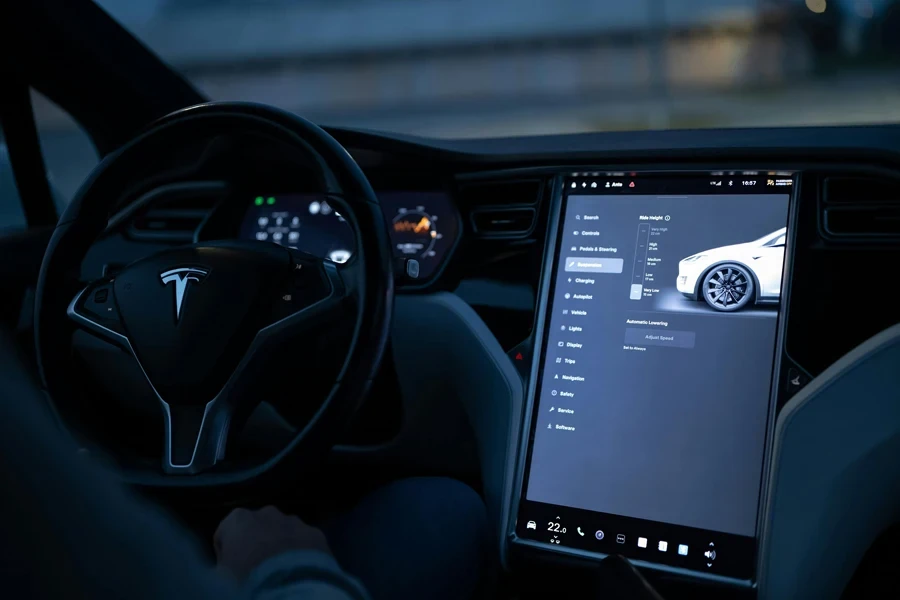
Different types and their features
Onboard chargers play a major role in EVs and are available in different variations tailored for specific needs and uses. Single-phase chargers are commonly found in residential environments and offer power outputs of around 7.3 KWh. It makes them perfect for overnight charging scenarios where speed is not a top priority. In contrast, three-phase chargers that can support up to 22 kW provide fast charging rates and are commonly seen in commercial or high-demand settings where speedier charging is necessary for efficient operations. EVExpert states that these powered chargers are favored for fleets and commercial electric vehicles because they minimize downtime.
Chargers have varying power output levels ranging from 3.7 KW to 22 kW. Those chargers with power under 7 kW are best suited for personal electric vehicles (EVs), especially when time isn’t critical, like during overnight charging at home. On the other hand, higher power chargers, between 11 kW and 22 kW, offer fast charging speeds that significantly reduce the overall charging time. These chargers are perfect for users who require fast recharging capabilities, such as commercial vehicle fleets. According to IMARC Group’s report, these high-capacity chargers dominate the market because of their flexibility and charging capabilities in bustling city locations.
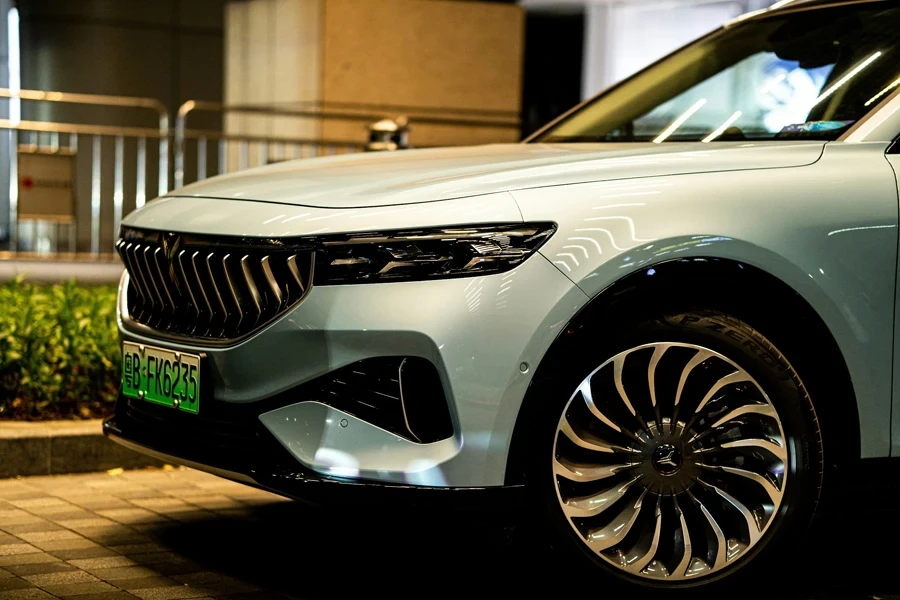
There is a big difference between AC and DC charging methods. The AC chargers transform alternating current into current (DC) within the vehicle’s onboard charger before transferring it to the battery. This approach is commonly used in home and public chargers. On the other hand, DC charging skips the onboard charger and provides power directly to the battery, enabling quicker charging speeds. According to EV experts at Lithium Inc., AC charging works well for daily use, while DC charging is essential for long trips or business electric vehicles where saving time is crucial.
Advancements in technology have led to more effective onboard chargers for EVs. Recent progress has boosted power conversion rates as high as 98%, significantly cutting down energy wastage during charging processes. These enhancements also include thermal control systems that keep chargers operating at their best while preventing issues and increasing longevity. As reported by Elechub, Manufacturers are also emphasizing on reducing charger size and weight for integration into EVs without sacrificing performance or battery safety.
Things to consider when selecting products
Choosing the perfect onboard charger for an electric vehicle is crucial to ensuring that the voltage and current are compatible with the vehicle’s battery system. Most onboard chargers are designed to support either single-phase charging with voltages ranging from 110 to 260 volts or three-phase charging with voltages between 360 and 440 volts. It is important to match the charger’s voltage specifications with those of the battery system to optimize charging efficiency and avoid problems that may arise. Using wrong voltage or current level can result in slow charging speeds or potential damage to the battery over time.
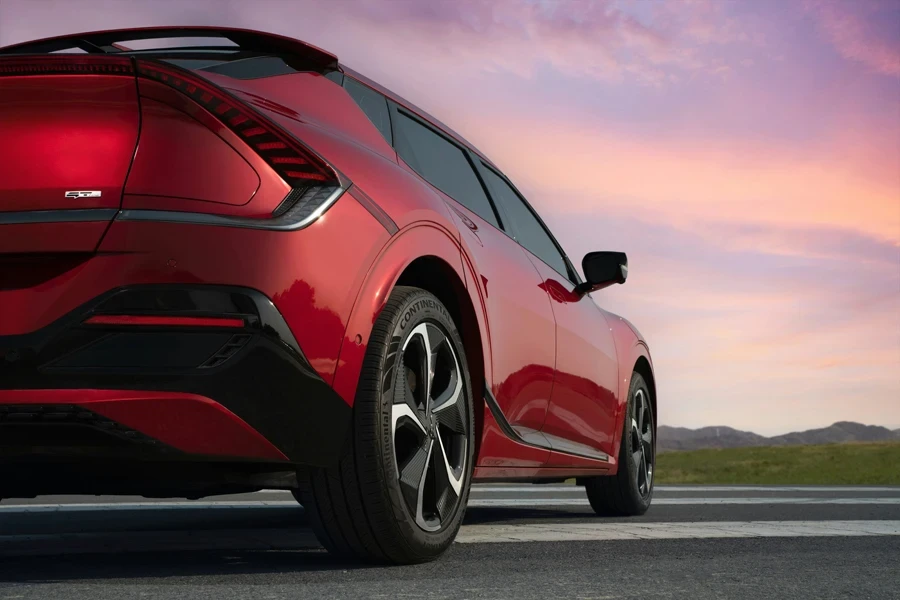
Fast charging is a key factor for schedule users, as it can significantly reduce charging times by at least 50%. Chargers rated 11 kW to 22 kW are known to be much quicker than lower-powered options. However, they may need extra infrastructure like improved electrical connections or higher capacity charging stations, which could lead to higher costs. According to IMARC Group, reports indicate that finding the right balance between charging speed and available infrastructure is crucial, especially in business settings where saving time is a top priority.
The dimensions and weight of the charger are factors that shape the design and operation of the vehicle. Heavier chargers can impact the effectiveness of an EV as they may lead to reduced range and influence handling capabilities. According to EV Lithium, a rising trend is seen towards lighter and simpler chargers. This is especially popular among EV owners who prioritize maximizing range. Manufacturers are actively working towards shrinking charger sizes while maintaining power output levels, enabling the ease of installation of high-capacity chargers in spaces.
Safety features and efficiency are essential for ensuring top performance and dependability over time in electrical devices like chargers. High-efficiency chargers achieve conversion rates as high as 98% and can improve efficiency in charging processes and minimize energy wastage. Furthermore, incorporating safety measures such as protection against overcurrents, temporary monitoring, and voltage control guarantees that the charger functions across all scenarios. Elecpeek mentions that these protective measures prolong the charger’s lifespan and provide a layer of security for both the battery and the vehicle against electrical risks.
Considering cost and warranty is crucial when choosing a charger that fits your needs. The top-of-the-line chargers may promise faster charging and improved performance but they come with a higher price tag. It’s important to weigh the cost against the features and potential long-term savings, this is especially significant for fleet managers or frequent users. IMARC Group suggests checking the warranty and support services to ensure the charger remains dependable and reduces maintenance expenses over time.
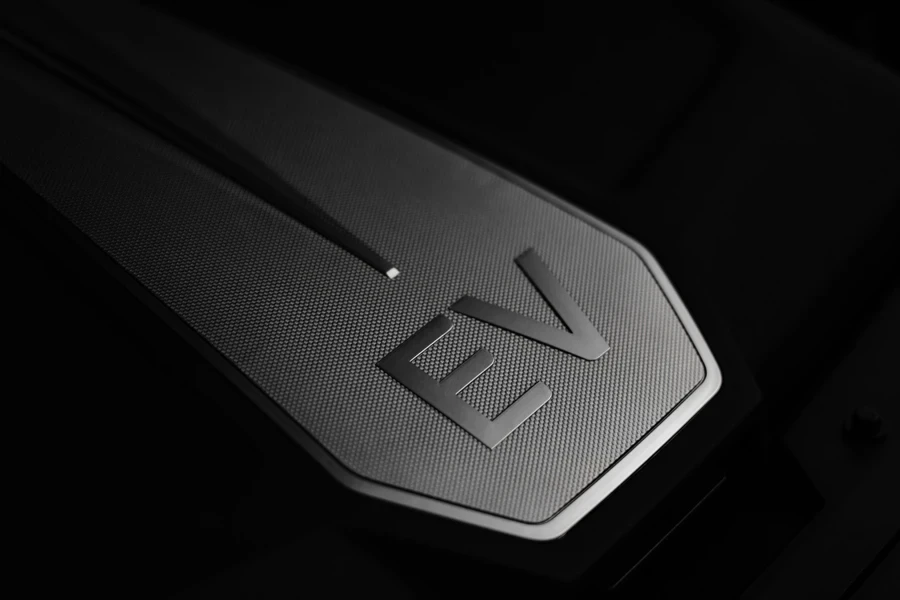
Conclusion
Selecting the ideal onboard charger maximizes the efficiency and durability of electric vehicles. By considering aspects like voltage suitability, charge speed, dimensions, effectiveness, and safety functions, buyers can select chargers that meet their requirements. Making good decisions ensures top performance and lasting dependability, enhancing the EV experience.



